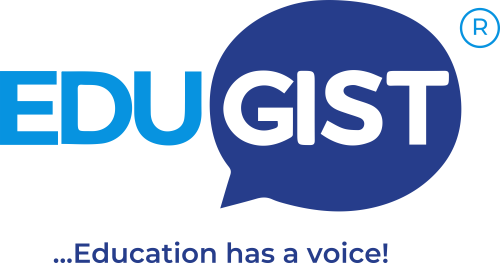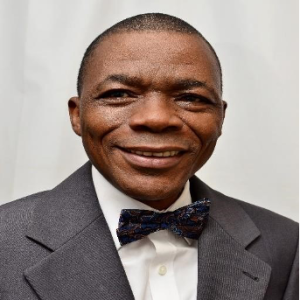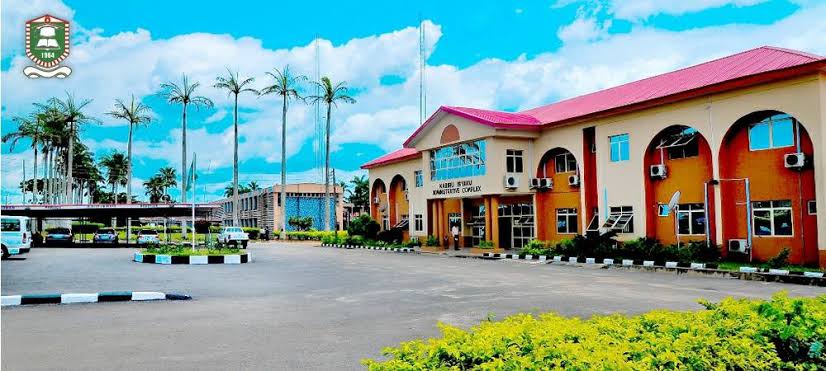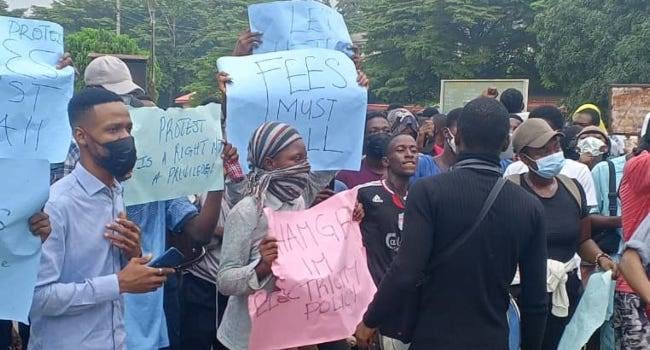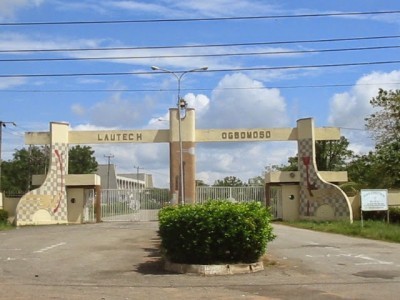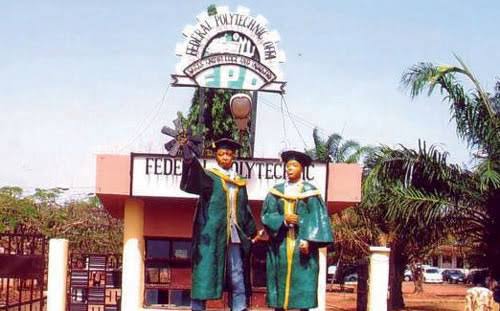In recent years, the Nigerian education system has faced numerous challenges, from overcrowded classrooms to low retention rates, and high dropout rates, particularly in secondary education. To address these challenges and meet global standards, the Minister of Education, Dr. Tunji Alausa, has proposed integrating secondary education into basic education, extending the duration of basic education to 12 years, with students transitioning to universities by the age of 16. This proposal aims to improve educational access, reduce dropout rates, and ultimately align Nigeria’s education system with international best practices and the Sustainable Development Goal (SDG) 4, which calls for inclusive and equitable quality education for all.
Although I am yet to read the full details of this new policy, it is important to steer the hornet nest based on the few information released by the FMOE during the 2025 Extraordinary National Council on Education Meeting in Abuja on Thursday, February 5 that brought together commissioners for education from the 36 states and the FCT, heads of agencies, international organisations, including the Deputy Governor of Kano State.
While the proposal has the potential to bring about significant change, it requires careful consideration of its pros, cons, and what must be done to ensure successful implementation. In this piece, my intention is to discuss the business case for this integration, some of the challenges the policy might encountered and suggests a few recommendations for policymakers, administrators and other implementors of the policy for a better integration.
UNDERSTANDING THE NEW EDUCATION POLICY
Nigeria’s education landscape is poised for a significant transformation with the proposed shift from the long-standing 6-3-3-4 system to a 12-4 model. Dr. Tunji Alausa, the Minister of Education, has championed this radical change, aiming to align Nigeria’s educational structure with global best practices and address the shortcomings of the existing system. The current 6-3-3-4 model, comprising six years of primary education, three years of junior secondary, three years of senior secondary, and four years of tertiary education, has served Nigeria for decades.1 However, its effectiveness in preparing students for the 21st century has come under increasing scrutiny.
The proposed 12-4 system seeks to consolidate primary and secondary education into a comprehensive 12-year basic education program. This effectively integrates secondary education into the foundational learning phase, making it free and compulsory for all Nigerian children. A key feature of this new policy is the standardization of the entry age for tertiary education, setting a minimum of 16 years. This aims to ensure that students are adequately prepared before entering higher learning institutions. This extended basic education cycle is designed to provide students with a more holistic and well-rounded education, equipping them with both academic knowledge and practical vocational skills.
The rationale behind this shift is multifaceted. Firstly, it aims to improve the overall quality of education by not only imparting theoretical knowledge but also fostering practical skills development from an early stage. By integrating vocational training within the basic education framework, students will have the opportunity to explore various career paths and acquire skills relevant to the workforce. This will allow them to make informed decisions about their future, whether they choose to pursue tertiary education or enter the job market directly after completing the 12-year cycle.
Secondly, the change reflects a global trend towards longer basic education cycles. Many developed and developing nations have already adopted 12-year systems, with students typically graduating around the age of 18. Aligning with this global standard will ensure that Nigerian students are on par with their international peers, both academically and in terms of skillsets.
The 6-3-3-4 model, while historically relevant, has become increasingly outdated in a rapidly evolving globalized world. The 12-4 model aims to address this by providing a more comprehensive and relevant education that prepares students for the challenges and opportunities of the 21st century. The standardized curriculum under the new policy will incorporate both general education and vocational training, producing well-rounded individuals equipped with both academic prowess and practical skills. This dual focus will make Nigerian graduates more adaptable and competitive in an increasingly demanding global job market.
The emphasis on vocational skills development is particularly crucial in a country grappling with youth unemployment. By equipping students with employable skills, the new policy hopes to contribute to economic growth and reduce unemployment rates. Furthermore, the extended basic education cycle provides a longer period for students to develop critical thinking, problem-solving, and other essential life skills, contributing to the creation of a more informed and engaged citizenry.
THE CASE FOR INTEGRATING SECONDARY EDUCATION INTO BASIC EDUCATION
I have detailed below some obvious or not so apparent business case for the scrapping of the 6-3-3-4 model in operation for decades even though it wasn’t fully implemented till date:
-
- Improved Access and Retention Rates
One of the major goals of this policy shift is to improve access to education. By subsuming secondary education into basic education, the financial and systemic barriers that often cause students to drop out before completing their secondary education can be mitigated. Currently, many students, particularly in rural and low-income families, face challenges such as high school fees, lack of school infrastructure, and socio-economic factors that prevent them from continuing beyond primary education.
Integrating secondary education with basic education means that the government would take on the responsibility of providing uninterrupted learning for children until the age of 16. This could significantly reduce dropout rates, as it would eliminate the need for families to pay additional school fees for secondary education.
-
- Alignment with Global Best Practices and SDG4
The integration of secondary education into basic education is consistent with global best practices and aligns with the United Nations’ Sustainable Development Goal 4, which emphasizes the importance of providing inclusive and equitable quality education. Many countries, particularly in Europe and Asia, already provide 12 years of compulsory education, covering both primary and secondary education. This policy aims to bring Nigeria closer to these international standards, thus improving the quality and inclusivity of education across the country.
-
- Focus on Technical and Vocational Education and Training (TVET)
Dr. Alausa also highlighted the importance of enhancing technical and vocational education in Nigeria, particularly through the transformation of Federal Science and Technical Colleges (FSTCs) into Federal Technical Colleges (FTCs). By emphasizing skills-based education alongside traditional academic learning, students will be better prepared for the workforce, addressing Nigeria’s youth unemployment crisis. TVET programs are designed to equip young people with practical and applicable skills that meet industry needs, helping them to transition smoothly into the workforce or entrepreneurship.
THE CHALLENGES OF INTEGRATING SECONDARY EDUCATION INTO BASIC EDUCATION
Many policies are great at the formulation stage, however, the bane of most is hinged on poor execution due to various reasons. Some of the notable challenges of JSS-SSS integration in the basic education are highlighted below:
-
- Financial and Resource Challenges
While the integration of secondary education into basic education may improve access for many students, it could also place a significant financial strain on the government. The government would need to increase funding for secondary schools, improve infrastructure, and ensure that there are enough qualified teachers to accommodate the expanded system. Nigeria’s education budget is already under pressure, and a shift of this magnitude would require significant investment in resources and facilities. Without this funding, the policy may not achieve the intended outcomes of improving access and retention.
-
- Overcrowding and Lack of Infrastructure
Currently, many Nigerian schools, particularly in rural areas, are already overcrowded and lack the necessary facilities. Integrating secondary education could exacerbate these challenges unless proper infrastructure and facilities are put in place. The government would need to expand the number of schools, improve existing facilities, and ensure that schools are equipped to handle a larger student population. Otherwise, the policy could lead to further overcrowding, reduced quality of education, and potentially lower educational outcomes.
-
- Teacher Training and Capacity Building
For the integration to be successful, there must be a significant investment in teacher training. Teachers will need to be trained to handle an extended curriculum that covers both basic and secondary education. This includes providing professional development programs, updating teaching methods, and ensuring that teachers are equipped to teach both theoretical subjects and vocational skills. Without well-trained teachers, the quality of education may suffer, defeating the purpose of the policy.
-
- Potential Curriculum Challenges
Incorporating secondary education into the basic education system would require a complete overhaul of the existing curriculum. The curriculum would need to be adapted to include more vocational education and address the changing needs of the economy. This could pose a challenge, as it would require the active involvement of curriculum developers, educational planners, and industry stakeholders to ensure that the new curriculum is both relevant and practical. Moreover, the shift to a longer, 12-year education system may require a reevaluation of the academic pressure placed on students.
SOME RECOMMENDATIONS FOR POLICYMAKERS, ADMINISTRATORS, AND EDUCATORS
In view of the above, I hereby submit a handful of suggestions as we put this new policy on ground this new year:
-
- Adequate Funding and Resource Allocation
To ensure the success of this policy, adequate funding must be allocated to the education sector. This includes investing in school infrastructure, improving the quality of teaching materials, and ensuring that there are enough teachers to handle the increased number of students. Additionally, state and federal governments must ensure that the funding is directed to the schools and regions that need it the most, particularly in rural and underserved areas.
-
- Strengthening Teacher Training Programs
The success of this policy depends heavily on the quality of education delivered. Policymakers should prioritize the training and continuous professional development of teachers, particularly those in technical and vocational fields. This will ensure that teachers are equipped with the skills and knowledge to effectively teach a more diverse and comprehensive curriculum.
-
- Expanding and Upgrading School Infrastructure
The government must invest in expanding and upgrading the existing school infrastructure to accommodate the expected increase in student enrollment. This could involve building new schools, expanding existing ones, and improving facilities such as classrooms, laboratories, and recreational spaces. Technological infrastructure should also be improved to support digital learning and the integration of technology into education.
-
- Collaboration with Industry and Stakeholders
For the technical and vocational aspect of this policy to succeed, there must be strong collaboration between the education sector and industry. Stakeholders in sectors such as manufacturing, construction, healthcare, and information technology must work together to design curricula that align with the skills needed in the workforce. Additionally, partnerships with local businesses could facilitate internships, apprenticeships, and on-the-job training opportunities for students.
-
- Monitoring and Evaluation
We must not omit the place of effective monitoring and evaluation mechanisms, which should be established to track the progress and impact of the new policy. Regular assessments of student performance, school infrastructure, and teacher competency will help identify challenges early and allow for timely adjustments to the implementation strategy. Let us not forget that what get measured gets done.
Conclusion
Integrating secondary education into basic education is a promising policy that aligns with global standards and addresses key challenges in Nigeria’s education system, such as access, retention, and quality. However, it is not without its challenges, particularly in terms of funding, infrastructure, and teacher capacity.
To successfully implement this policy, policymakers must ensure adequate resources, invest in teacher training, and upgrade school infrastructure. By doing so, Nigeria can create a more inclusive and equitable education system that prepares young people for the demands of a rapidly changing economy and technological landscape.
